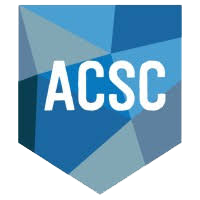 Over the past decade, the cloud has transformed how businesses deploy and manage their IT infrastructure. The scalability, flexibility, and cost-efficiency of public cloud solutions like AWS, Azure, and Google Cloud have driven widespread adoption. According to a recent BBC article, a growing number of companies are now moving certain workloads back on-premises–a trend known as cloud repatriation or “unclouding.”
Over the past decade, the cloud has transformed how businesses deploy and manage their IT infrastructure. The scalability, flexibility, and cost-efficiency of public cloud solutions like AWS, Azure, and Google Cloud have driven widespread adoption. According to a recent BBC article, a growing number of companies are now moving certain workloads back on-premises–a trend known as cloud repatriation or “unclouding.”
As a cloud solutions architect at WEI, I’ve observed that while the public cloud offers significant benefits for many use cases, it's not always the optimal solution for every application. In fact, customers regularly ask me about the potential for repatriating certain workloads back on-premises. Let’s look into the things you need to consider before implementing a cloud repatriation strategy.
When Cloud Repatriation Makes Sense
An IDC survey found that 80% of respondents had repatriated workloads from public clouds in the past year, citing issues like security, costs, and performance. Repatriating workloads is a strategic decision. It’s about aligning IT resources with business objectives.
What public cloud solutions offer may sound attractive, but there are specific scenarios where on-premises infrastructure can provide a competitive edge.
- Predictable, stable workloads: For applications with consistent usage that run 24/7, the pay-as-you-go cloud model can be more expensive than dedicated on-prem infrastructure. Repatriating these workloads can provide significant cost savings.
- Data-intensive workloads: Applications that process large volumes of data or require frequent network communication between components may experience higher latency and data transfer costs in the cloud compared to a local data center.
- Regulatory compliance: Industries with strict data residency or security requirements, such as finance and healthcare, may find it easier to meet compliance standards with on-premises infrastructure where they have complete control over data location and handling.
- Avoiding lock-in: Committing to a single cloud platform long-term comes with risks. A hybrid IT model provides more flexibility to use different clouds and on-prem resources for different purposes.
It’s essential to consider that running the wrong workloads in suboptimal cloud configurations can lead to higher costs compared to an on-premises environment. Ultimately, determining whether to repatriate workloads requires a careful assessment of your organization's specific needs and circumstances.
Watch: Capitalizing on the cloud with Nutanix, WEI, and the Microsoft commercial marketplace

Key Risks And Pitfalls Of Cloud Repatriation
Crafting a successful cloud repatriation strategy demands a meticulous evaluation of an organization’s unique requirements and objectives. While potential cost reductions, performance gains, and increased control are enticing, organizations must also carefully weigh the associated challenges.
- Lack of a clear strategy: Jumping into cloud repatriation without clearly defining your goals is a recipe for failure. It’s critical to evaluate the current cloud environment and dial in factors like cost, performance, security, and compliance to determine which specific workloads are candidates to bring back in-house.
- Complexity and the cost of data migration: Moving large volumes of data and refactoring applications for on-prem environments is complex. Many organizations underestimate the technical challenges involved and can incur high costs -- including cloud egress fees.
- Loss of cloud benefits: Repatriated workloads may lose out on some key cloud advantages like scalability, agility, ease of updates, and advanced services, which could impact efficiency and reliability in the long run.
- Increased infrastructure management burden: Moving back on-prem means the organization is again fully responsible for deploying, maintaining, and securing the infrastructure, requiring significant IT resources and skills that may be lacking. Organizations must invest in personnel, infrastructure, and processes to effectively manage and maintain on-premises systems. This can be resource-intensive and requires ongoing attention.
- Potential performance issues: Ensuring repatriated workloads perform well and are highly available on-prem requires careful capacity planning and building resilient architectures, which can be challenging.
- Compliance and security risks: This should be the top priority throughout the cloud repatriation process. The on-premises environment needs to be properly configured, monitored, and maintained to ensure compliance with data privacy regulations and protect against cyber threats. Any lapses in security or compliance during migration can have severe consequences.
Success hinges on a balanced approach, considering the organization’s specific needs and the potential benefits and drawbacks of both cloud and on-premises environments. To avoid challenges that may arise in moving your workload back on-prem, a well-thought-out strategy and meticulous execution are essential for achieving desired outcomes.
Watch: AWS Security Essentials With Keith Lafaso

Selecting A Partner For Your Cloud Repatriation Journey
To fully realize the benefits of cloud repatriation for your enterprise, partnering with experienced professionals who can walk you through the process and provide ongoing support can be invaluable.
At WEI, we understand the complexities of this approach. Our expertise lies in developing and executing tailored repatriation strategies that minimize risks and optimize outcomes, such as:
- Conducting a thorough assessment of your current cloud environment and business drivers to determine which workloads are candidates for repatriation.
- Developing a detailed migration plan that addresses timelines, costs, application refactoring, security, and compliance requirements.
- Designing and implementing a modern, cloud-compatible on-premises environment to support the repatriated workloads, leveraging technologies like Nutanix hyperconverged infrastructure (HCI) and software-defined storage.
- Nutanix’s HCI solution combines compute, storage, virtualization, and networking into an integrated platform that simplifies management and enables easy scalability.
- Nutanix’s distributed storage fabric provides a software-defined storage layer with high performance and flexible provisioning.
- Providing knowledge transfer and training to your IT staff on managing and optimizing the new hybrid environment.
- Delivering ongoing managed services to offload day-to-day infrastructure responsibilities, allowing your team to focus on innovation.
WEI actively guides you through the cloud repatriation process, enabling informed decisions, optimizing your IT infrastructure, and achieving your business goals. Our comprehensive approach ensures a smooth transition, minimizes disruptions, and delivers long-term value.
Final Thoughts
The ideal IT strategy for most organizations today involves a combination of public cloud solutions and on-premises infrastructure. By thoroughly evaluating your workloads and leveraging the right expertise, you can build a hybrid IT environment that maximizes the benefits of cost efficiency, cloud performance, security, and compliance.
The public cloud will undoubtedly remain a critical part of the enterprise IT landscape. However, as the repatriation trend and my customer conversations show, organizations must continually re-evaluate their cloud strategy to optimize cost, performance, and control.
WEI can help you navigate this complex landscape. With our expertise, combined with technologies like HCI and software-defined storage, we empower your business to develop a successful cloud repatriation strategy and find the perfect balance between cloud and on-premises solutions.
Next Steps: WEI, an AWS Select Tier Services Partner, collaborates closely with customers to identify their biggest challenges and develop comprehensive cloud solutions. By leveraging AWS technologies, WEI empowers clients to enhance development, streamline operations, and improve service delivery.
Download our solution brief, AWS Services Overview: Optimize Your Cloud Stack with Confidence, to explore the full range of AWS capabilities WEI delivers to help modern enterprises thrive.











